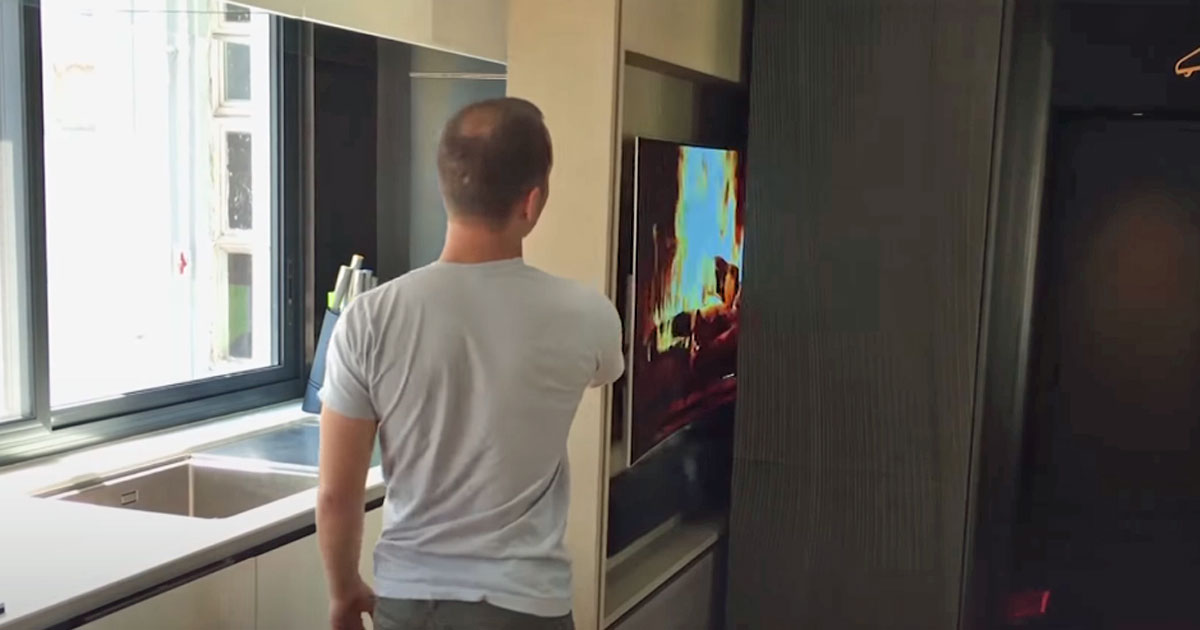Singapore is seemingly more generous when it comes to average standards for living space.
This was what Hong Kong's English newspaper of record South China Morning Post wrote in an Oct. 19 article that showered a rare backhanded compliment on Singapore.
Micro-apartments are a phenomenon in Hong Kong for years now, where public housing units overseen by the authorities can be as big as a car park space.
This prompted the SCMP piece to write that Singapore "puts Hong Kong to shame with average home sizes in the private market that are three times larger" compared with public housing in Hong Kong.
Some stats
Rules stipulated by Hong Kong’s Urban Renewal Authority allows the smallest unit to be as small as 27.9 sq m, or 300 sq ft.
This is less than one-third the size of the smallest four-room HDB (Housing & Development) flat in Singapore, which measures 85 sq m (915 sq ft).
Hong Kong’s tiniest flats start at 11.4 sq m (123 sq ft), which is smaller than a parking space.
This practice of building small units to make them affordable while milking its per square foot price has sent property prices spiralling out of hand.
It is prompting calls on Chief Executive Carrie Lam Cheng Yuet-ngor to stop the practice.
Hong Kong’s property stock provided about 50 sq ft of living space per person, less than the 75 sq ft allocated to prison inmates, SCMP reported.
Hong Kong pricing its citizens out
Hong Kong is currently the world’s most expensive property market.
Home prices rose to an average HK$13,561 (S$2,382) a square foot, compared to a median monthly income of HK$16,800 (S$2,950).
To own a micro home, it would roughly cost 20 years of one's wages.
In comparison, Singapore’s home prices are about S$1,700 (HK$9,685) per square foot, against a monthly income of S$4,050 (HK$23,057).
Hong Kong’s population has risen to 7.45 million, significantly larger than Singapore’s 5.82 million population.
All these talk of making flats bigger in Hong Kong has called into question whether land there in the past few decades has been made good use of.
At present, Hong Kong is contemplating making the minimum flat size not be less than 25 sq metres (269 sq ft), as some flats existing today are less than half this size.
It is understood that Hong Kong's developers have been cashing in on smaller units.
They are building as many tiny flats as possible to achieve a higher price on per square foot basis.
Singapore limiting shoebox units
The Urban Redevelopment Authority in Singapore is working to limit shoebox flats in Singapore.
Starting from Jan. 17, 2019, the average size of private flats in a development will be raised to 85 sq m (915 sq ft) from 70 sq m (753 sq ft).
This was done to moderate the reduction in sizes of homes and reduce the strain to local infrastructure that can be caused by new developments with high number of units.
URA hopes that the move will encourage developers to offer a "wide range of unit sizes which will cater to the diverse needs of all segments of the market, including larger families."
[related_story]
If you like what you read, follow us on Facebook, Instagram, Twitter and Telegram to get the latest updates.
